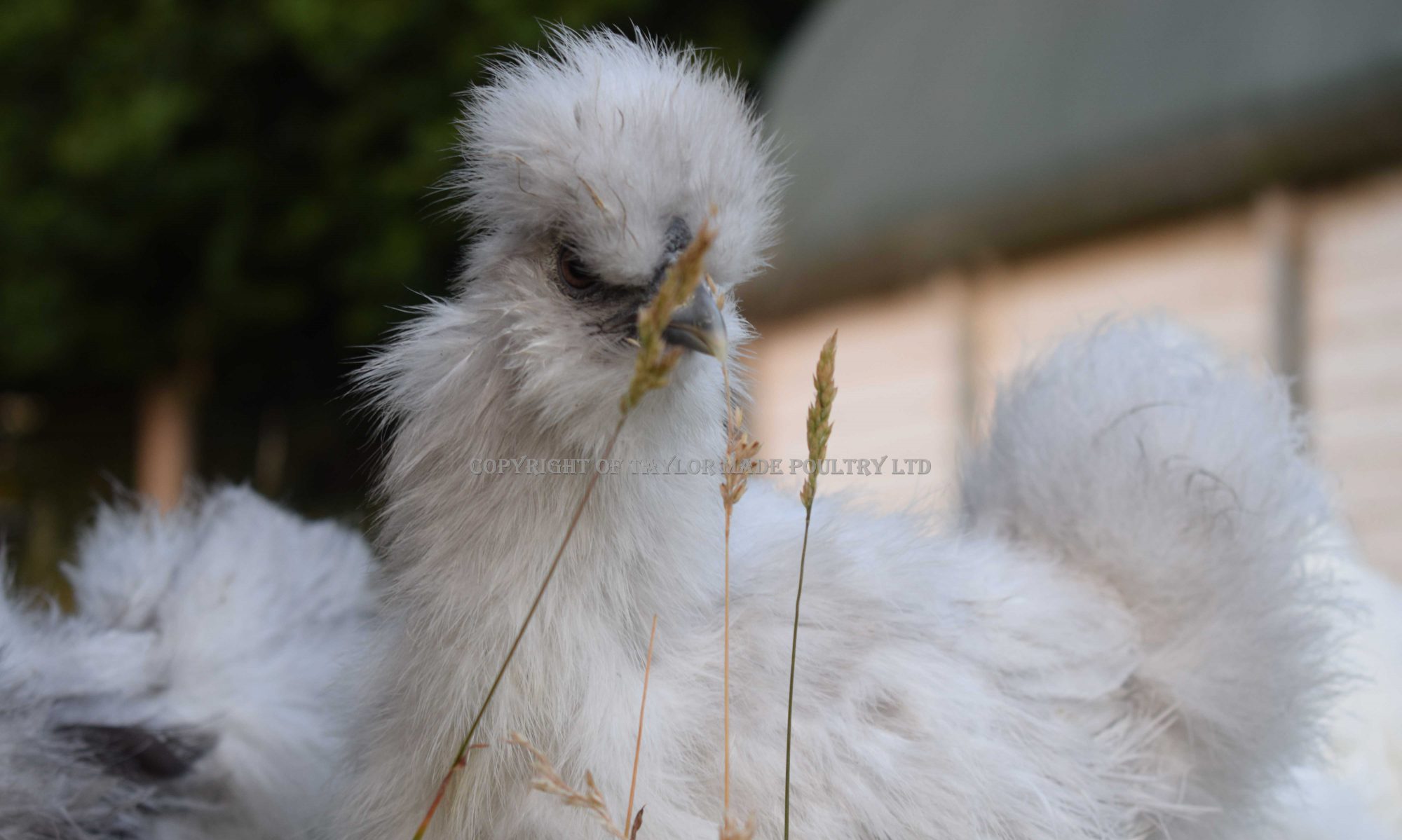Colour of the yolk:
Yolk colour is dependent on the diet of the hen; if the diet contains yellow/orange plant pigments known as xanthophylls, then they are deposited in the yolk, colouring it. A colourless diet can produce an almost colourless yolk. Farmers may enhance yolk colour with artificial pigments, or with natural supplements rich in lutein (marigold extracts are a popular choice).
Colour of the shell:
Egg shell colour is caused by pigment deposition during egg formation in the oviduct and can vary according to species and breed, from the more common white or brown to pink or speckled blue-green.
In general, chicken breeds with white ear lobes lay white eggs, whereas chickens with red ear lobes lay brown eggs.
Although there is no significant link between shell colour and nutritional value, there is often a cultural preference for one colour over another. For example, in most regions of the United States, chicken eggs are generally white; while in the northeast of that country, and in countries as diverse as Costa Rica, Ireland, and the United Kingdom, they are generally light-brown. In Brazil and Poland, white chicken eggs are generally regarded as industrial, and brown or reddish ones are preferred.


